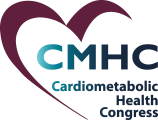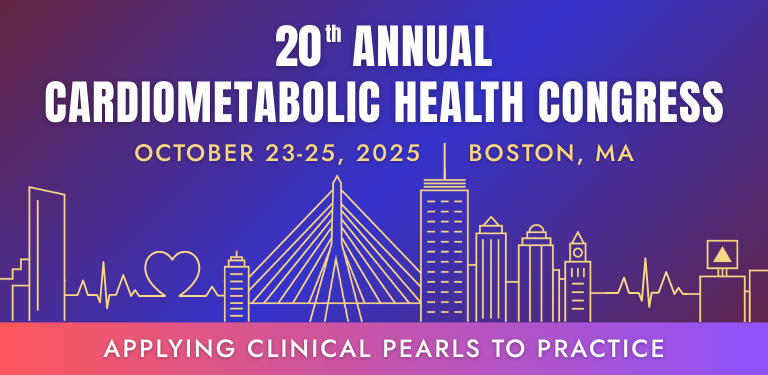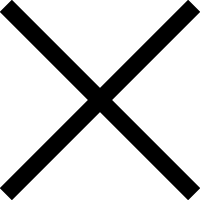Partner of the Month: AACVPR
For those quitting smoking, change can be very hard. Helping someone quit smoking can save his or her life, but for health care professionals trying to spark that change within their patient, it can be difficult to know exactly how to communicate.
Mayo Clinic Rochester Shawn Leth, M.Ed, CEP, and Kathy Zarling, MS, APRN, CTTS, both of the Mayo Clinic in Rochester, Mn., recently hosted an AACVPR webinar about using motivational interviewing as a tool to help smoking cessation. Health care providers need to understand how to ask the right questions to dig deeper into what their patients need in order to quit using tobacco for good.
“As we all know, smoking cessation is a challenging process for both the smoker and those trying to help them quit,” Leth said. “Motivational interviewing and coaching have been shown to be the most effective method to use during interventions.”
Motivational interviewing can be done in a variety of ways, but the goal remains the same. By partnering with clients in understanding their goals and motivations to quit using tobacco, health care professionals can facilitate a care plan to help them get there. Most importantly, it’s vital for those helping patients to quit be non-judgmental and empathetic in a person’s journey to quit.
While there are many methods to motivational interviewing, Zarling said it’s important to remember that no one way is the best. Health care professionals should feel empowered to use these tools in combination with one another if they find one resonates more with a patient than another does.
“Motivational interviewing is always a dance,” Zarling said. “It’s collaborative, it’s partnership, it’s working directly with the patient and walking alongside them to make that change.”
The OARS Method
There are several different methods to do this. The first is OARS.
- Open-ended questions
- Affirmations
- Reflections
- Summarize
Upon intake, professionals should ask open-ended questions. Instead of asking “Did you smoke last night?” try asking, “What challenges did you face that made you want to smoke last night?”
Asking these questions results in more robust questions and gives you an opportunity to learn more about your patient. It also helps you dig into whether they’re feeling confident about their cessation attempts. Maybe a person didn’t smoke the previous night, but hearing why they struggled with that can help dig deeper into what they’re facing.
Which leads into affirmations. If a person who is struggling was successful, be sure to recognize what they’ve been able to do, Leth said.
“Don’t we all appreciate being recognized for something we’re working on? Our patients are no different,” she said.
Help a patient reflect on their experiences, their successes and their failures by actively listening. If they feel they’re being heard—and what they’re saying is important to you—they’re more likely to trust. And lastly, summarize these conversations.
The DARN-CATS Method
Like the OARS Method, DARN-CATS is aimed at using change talk to highlight why a person would want to stop using tobacco, and what tools a person needs to get there.
- Desire to Change
- Ability to Change
- Reason to Change
- Need to Change
- Commitment
- Activation
- Taking Steps
Again, this method is based on a value-based approach that uses non-judgmental questions to help someone quit tobacco.
The first part of DARN-CATs (the DARN) looks at what a patient feels about their tobacco use. It gauges their desire to change, what they need to do to start making those changes, and identifies reasons and needs for smoking cessation. Listening to a patient’s story helps the health care professional to find the patient’s values and goals.
“It’s walking along side our patients—and just a little behind them—so they lead in telling us their stories and telling us what their motivations and goals are,” Zarling said. “It also explores their values, strengths and desires in moving forward their goal of tobacco cessation.”
Once you understand where they’re coming from, you can help them build a plan. CATS helps move that needle forward. What does a patient think they can do to be successful? What are some small steps they can start on their own time when they’re ready to change?
Elicit-Provide-Elicit Method
Like the others, the Elicit-Provide-Elicit Method is predicated on what a patient is experiencing. This method specifically focuses on the patient experience through asking questions and using those answers to determine what information is applicable to the paitent.
Once you understand how a patient feels—and what questions and reservations they have about quitting—a health care professional should ask their patient if it is okay to make recommendations.
“Provide information in a neutral, non-judgmental way by asking permission first, respecting them and asking if it’s okay to intervene,” she said. “We don’t judge the patient, we meet them where they’re at.”
The Five A’s
While motivational interviewing is key to understanding a patient’s needs and desires, when you start moving into actually creating a plan for care. The Five A’s can create a roadmap for health care professionals to follow.
- Ask patients about tobacco use every visit
- Advise all patients who use tobacco to quit
- Access the patient’s willingness to quit
- Assist the quit attempt with counseling and/or medication
- Arrange a follow up
Using motivational interviewing at each step of the process during this time is beneficial for not only the patient, but the health care professional as well. It can help you ask the right questions, help reinforce with the patient their own personal goals for quitting and allow everyone to get on the same page.
During those follow-up conversations—whether they’re in person or not—health care professionals should continue using motivational interviewing to build confidence in a patient.
“Change takes time,” Leth said. “It’s not going to happen overnight.”
Want to learn more about motivational interviewing? Leth and Zarling’s full webinar will be available on AACVPR’s website.

















